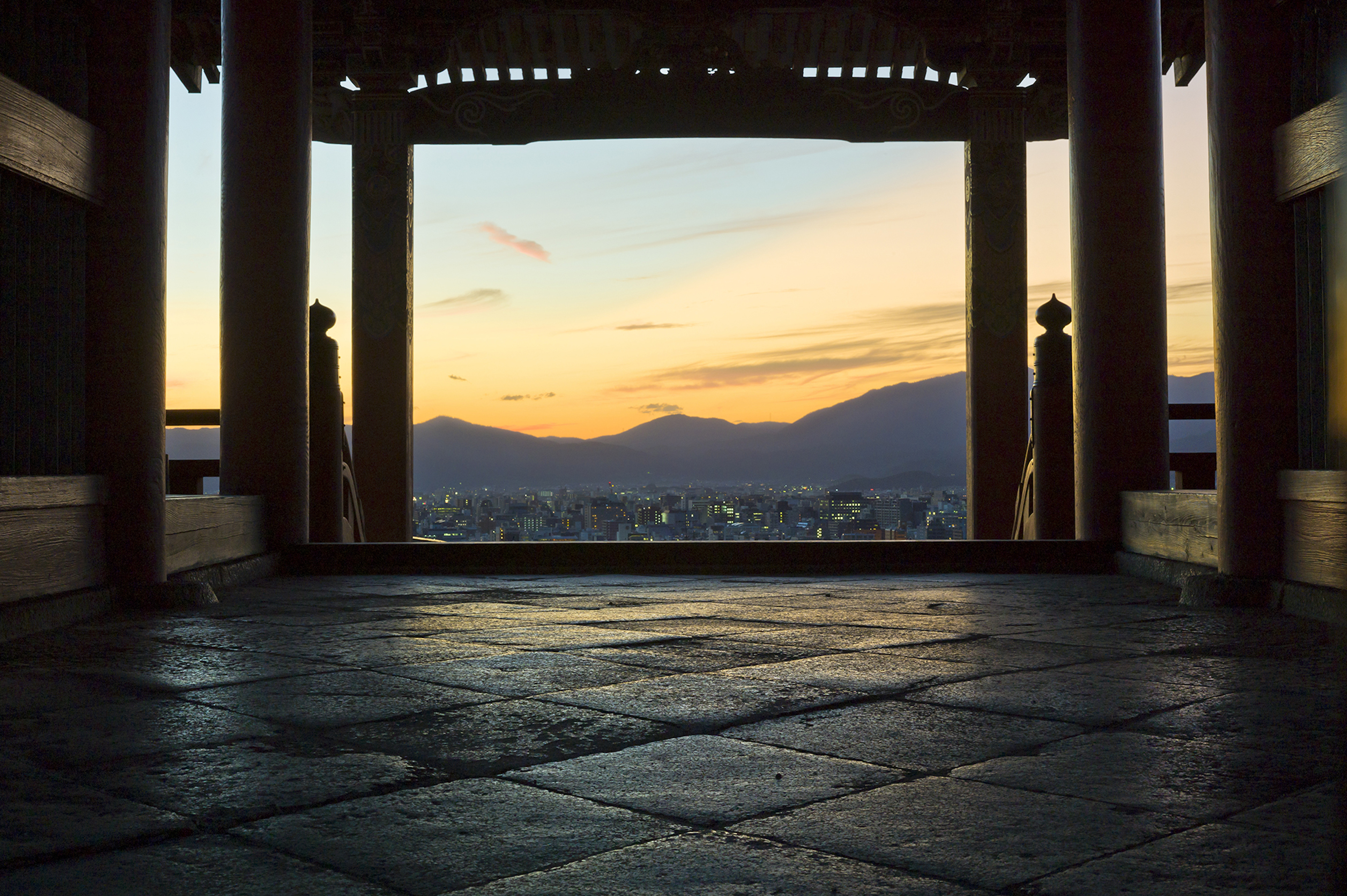‘In Praise of Shadows.’ – Jun'ichirō Tanizaki

In Praise of Shadows is an essay on Japanese aesthetics, light and architecture, by the Japanese author and novelist Jun'ichirō Tanizaki.
Originally published in 1933, it has inspired many people throughout the world of architecture, including our lighting designers here at Xavio.
Comprising of 16 sections, Tanizaki explores the relationship between light and darkness, layers and tones of shadows and the way they interact with rooms, objects and materials.
Indeed, internationally renown architect Sir David Adjaye OBE describes Tanizaki’s essay as...
“…a nuanced study of urban life during the tumultuous acceleration of modernism in the early 20th century. Tanizaki’s insights about the emotional resonance and beautiful complexity of darkness were critical in my development as an architect, and continue to inspire me to this day.”
The foreword in another edition of the translated essay is written by Kengo Kuma, award-winning architect, professor at the Graduate School of Architecture at the University of Tokyo and a prolific author. It is true to say that he too is filled with admiration of Tanizaki’s work.
In particular, this passage from the Enigma of Shadows section resonates with Kengo Kuma:
The Engima of Shadows - Tanizaki
While I am a complete layman when it comes to architecture, I’ve heard that the beauty of the West’s Gothic cathedrals is considered to reside in the way they are constructed to reach toward the heavens with their tapering spires. On the contrary, Japanese temples are constructed by raising massive tiled roofs with large overhanging eaves, creating deep spacious shadows in which the rest of the temple structure stands.
This style is seen not only with temples, but in traditional buildings from palaces to ordinary people’s homes; the first thing to strike the eye on approach are large tiled or thatched roofs and, floating under the eaves, a deep darkness. Even at midday, the space below the eaves is cave-like, rendering the entrance, doors, windows, walls and pillars almost invisible.
From a lighting perspective, particularly compelling is Tanizaki’s explanation of the Japanese room: walls of timber and paper, floors of tatami, low, heavy roofs to keep the rain off, delicate hues of paint that vary indecipherably from room to room, and a solitary alcove, brought to attention through being in shadow, lit only through the indirect light from the garden through a shoji panel nearby.
This he contrasts with Western architecture, with tall roofs, plentiful glazing, and excessive use of electric light. Xavio’s Senior Lighting Designer, Rebecca Richards recalls how she first read the essay during her studies, right when her interest in lighting was only just beginning to take shape. Reflecting on the essay she says:
‘It’s simplicity and honesty stays with me to this very day. The fact that Tanizaki places such a focus on shadow, rather than light, reminds me that darkness itself has at least equal importance to light – an invaluable lesson for lighting designers.
It taught me to be cautious of overlighting, since without shadows, light loses its focus.’
There are many passages to take inspiration from, this one in particular resonates with our team.
Jun'ichirō Tanizaki
'We find beauty not in the thing itself, but in the patterns of shadow, the light and the darkness, that one thing against another creates.'
From a lighting design perspective, we know the eye is naturally drawn to the brightest point. So to ensure this is the focus of a room, it is important not to overlight other areas, and to leave shadows around that focal area to allow it to stand out, also known as tenebrism.
This also applies to exteriors, and in the image below from one our projects in Belgravia, you can see how the lighting never takes centre stage. Instead, there is a careful balance between light and dark, creating spaces for shadows and textures, giving a sense of harmony to the area.

When you consider the sheer depth of interplay between light and dark, their inseparable relationship and impact they have on their surroundings, inspiration in design is ever present.
A short 2 minute film here illustrates a few of the simple things that Tanizaki’s essay seeks to highlight and is well worth a watch.
